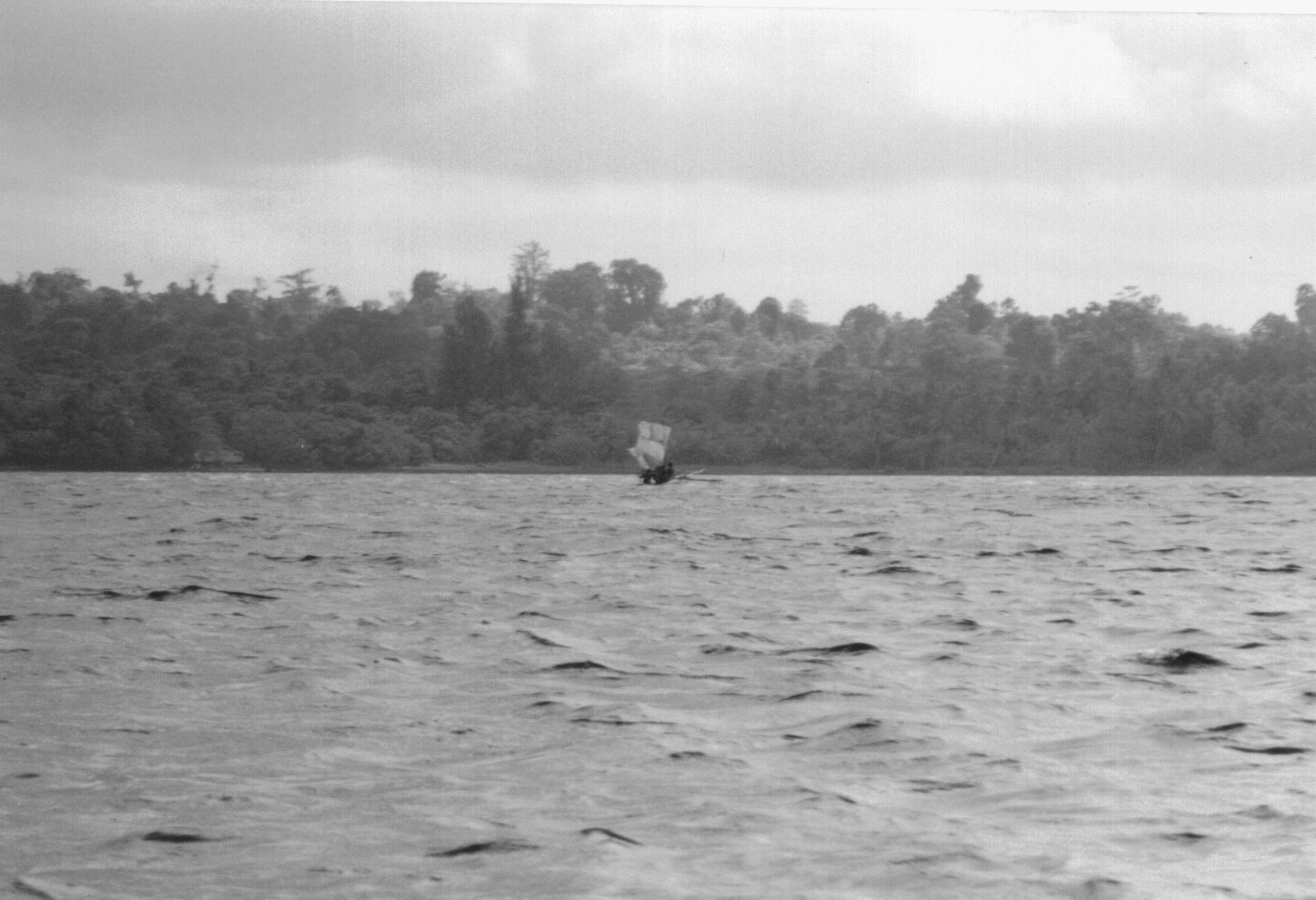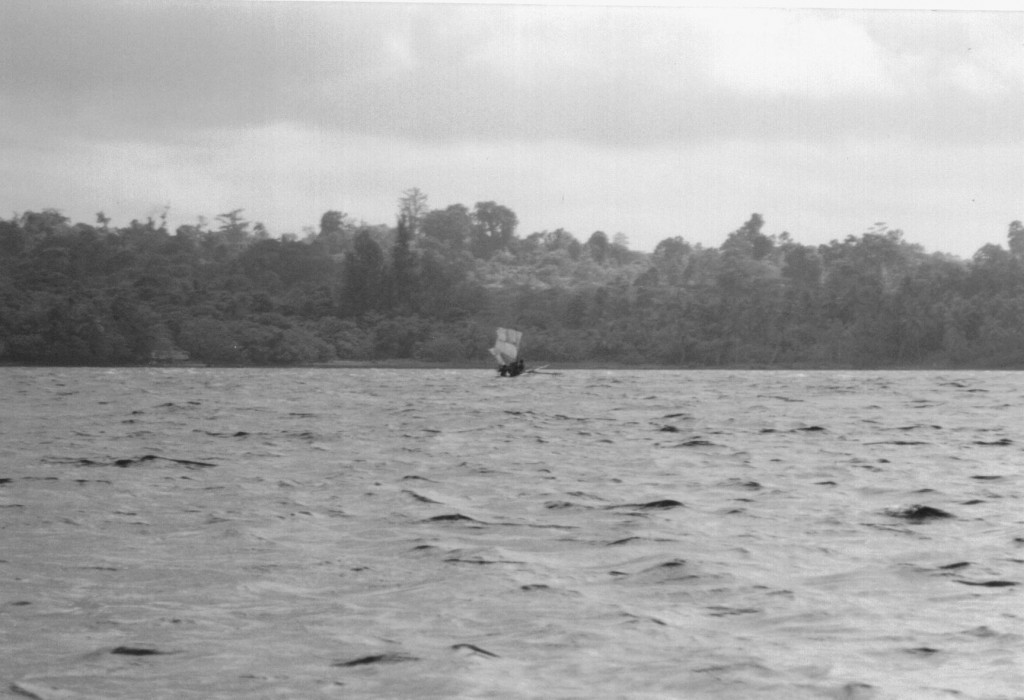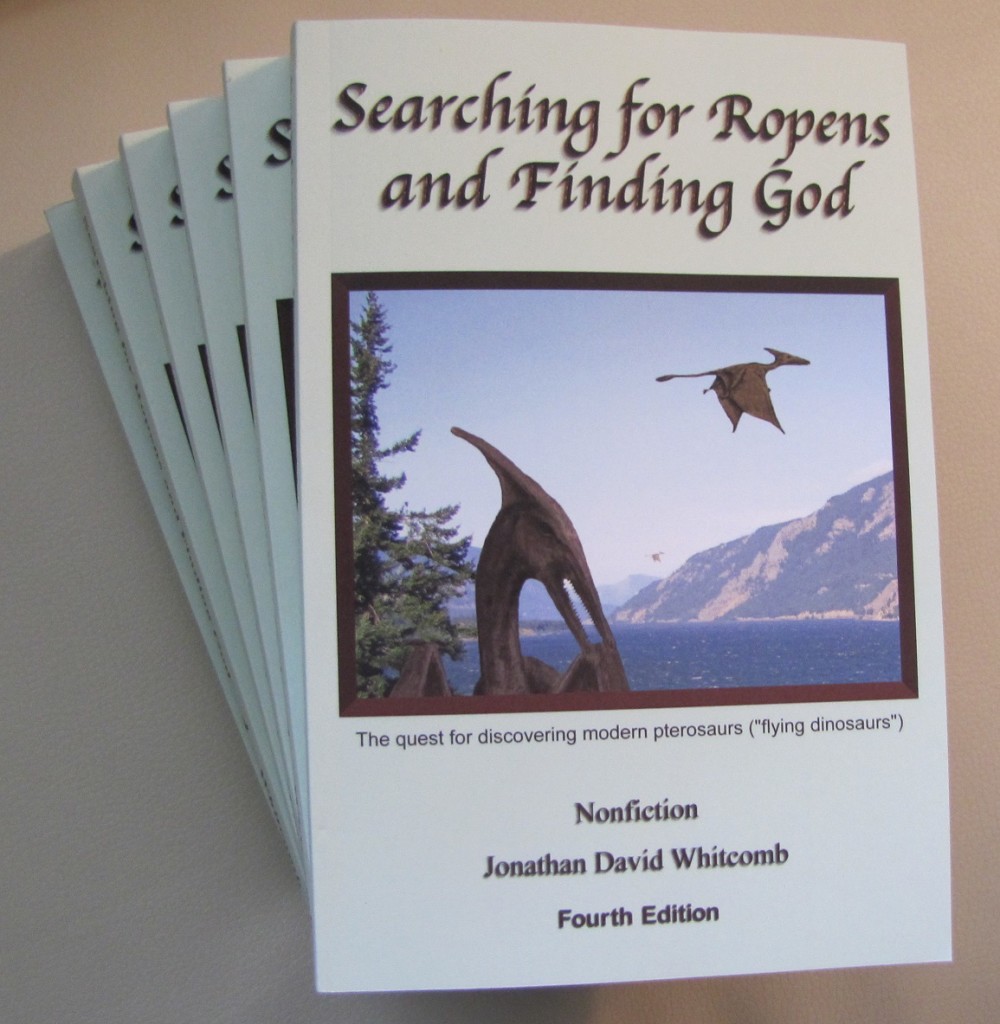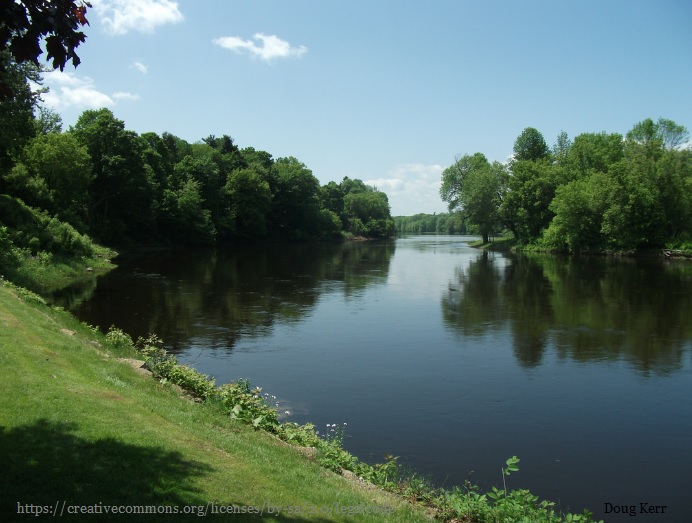By the modern-pterosaur expert Jonathan Whitcomb
This is not nearly a complete listing of all reports received in 2016, regarding sightings of apparent living pterosaurs: just a sampling of some of the contents of some reports sent to me in 2016. For a few more accounts of encounters reported in this year, see: “Recent Pterosaur Sighting Reports in the United States of America.”
Keep in mind that these reports were received in 2016, meaning not all of them were of encounters with “pterodactyls” in this year. It’s always been common for some eyewitnesses to report sightings that they had in previous years, some encounters even being many years previous to the time of reporting to me.
Credibility Concepts
When I publish a sighting report on this blog, please don’t assume that I am portraying the individual sighting account as being 100% certain to have been from an encounter with a modern living pterosaur, or even close to 100% certain. I generally publish reported sightings that I feel are over 50% likely to have been from a non-extinct pterosaur (more likely than not).
The critical point about credibility is in the overall picture. By the end of 2012, I had compiled 128 sighting reports, with details that included at least some of the following (a small sampling):
- Certain about the lack of feathers (yes or no)
- Probably no feathers (as opposed to certain)
- Location of sighting
- Length of tail
- Wingspan
- General time of day or night
- Number of eyewitnesses
- Length of sighting in seconds
- Presence or absence of a long neck
- Presence or absence of teeth
- Presence or absence of a head crest
- ” ” ” of a structure at end of tail
Please be aware that many of the above points were volunteered by eyewitnesses rather than answers given in response to any detailed questions I may have asked.
The overall point is this: My firm believe in modern living pterosaurs comes from the practical impossibility that none of those 128 sighting reports were from a non-extinct pterosaur. Each report was chosen because I felt it was probably from an encounter with a live pterosaur, therefore it is mathematically impossible, from my perspective, that all of those 128 reports were from non-pterosaurs.
Of course a person can have whatever opinion he or she chooses regarding the possibility that not all species of these wonderful flying creatures are extinct. But to be objective or scientific, in any degree, one needs to rely on more than just pseudo-religious adherence to the old dogma of universal extinctions of general types of animals: One must allow for the possibility that some of these pterosaur sighting reports are valid and come from encounters with modern pterosaurs.
Names Given by Eyewitnesses
A person reporting a sighting to me—that person may use one of the following expressions:
- pterodactyl
- featherless bird
- primitive flying creature
- dinosaur bird
- dragon
- prehistoric bird
- featherless flying creature
- flying dinosaur
It seems to me that the choice of words used by an eyewitness has little if any relevance to the report. Critical details, however, are in the descriptions of the flying creature observed.
A Few Particular Reports of Pterosaur Sightings
Here are a few of the reports I received in 2016, with only partial quoting:
Eastern Kansas, about twenty miles south of Kansas City
My name is _____ and I wanted to share a sighting of what appeared to be a freaking pterodactyl.
It happened [two] years ago, but it has really bothered me since then. I had to share it with someone.
It was just after 8 a.m. on a weekday morning, 2 years ago.
It had a long head, huge leathery wings…I mean huge…huge wings. and a tail. Seemed to be greyish/green. No feathers.
Highway 84, Oregon, September 13, 2016
I was driving in the early afternoon and saw a large “bird” flying across the freeway from the left. I yelled out to my husband that was the biggest “bird” I had ever seen! I said it must be a crane, but it looks like a pterodactyl! It was matte dark grey/black with a crest on its head and a triangular shape on its tail. I believe it was at least 5 feet long.
. . . [On getting home] I began to look up “black cranes” on the Internet. I did not see a single bird that looked like what I saw. . . . I looked up Pelicans, and they are in that area of Oregon, however, none of the pictures are anywhere close to what I saw. It was much bigger and darker. No feathers.
Bethany, Oklahoma
. . . on two occasions have seen a huge winged creature that had no feathers, gray leathery skin. It looked like the pictures I have seen of pteradactyls. About one year ago and then two weeks ago (my daughter was with me that time) both times driving down route 66 between El Reno and Yukon. Both times were around 2 am.
The first time I turned the corner onto route 66 off of Manning Drive and it was right in front of my windshield of my truck and flew up with a big shwoosh. Then the 2nd time it was flying very low to the ground and disappeared into a wooded area off the road in the same area.
Lansing, Illinois, 1968
I was seventeen in 1968. It was late spring and I went outside my residence . . . I noticed there was little or no breeze and everything seemed ‘still’. As I started to my neighbors house I caught a glimpse of something in the eastern sky just behind me. I stopped, looked up and there just above the trees about 100 feet past was this Pterosaur! I couldn’t believe it.
It fanned its bat-like wings moderately as it went by and I didn’t know what to do – so I yelled as loud as I could at it. It turned its head and opened its mouth and when I saw the rows of big teeth, I shuttered and wondered if I’d have to get under a car or something! It traveled straight west as I watched it disappear over the horizon. The thing was greyish blue and had a red nob on its head with the rest of the head being a duller red.
.
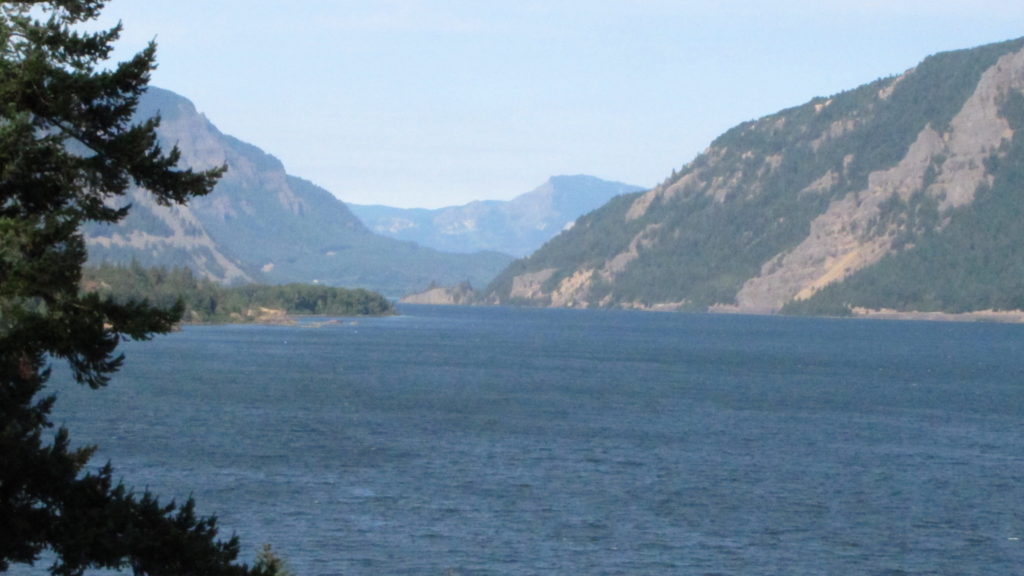
Columbia River (from Oregon side) – many pterosaur sightings in this area
###
.
Pterodactyl Sightings in the United States
I’m not a professor of paleontology. To be brief, I was a forensic videographer in 2003, when I began investigating these eyewitness accounts of “prehistoric” flying creatures or “dragons.” I recognized, while viewing some amateur video footage, the credibility of natives who were interviewed on a tropical island in the southwest Pacific.
I received a message the other day, through one of my blogs: two eyewitnesses of an apparent “dragon” flying overhead at night. Here is part of the report . . .
Pterosaur Sightings in Oregon and in Oklahoma
Before getting into these recent encounters with “pterodactyls” or “dragons,” as some call them, I’d like to express my gratitude that this blog now has received over 200,000 views worldwide, over the years.
Pterosaur Sightings in Kansas, Illinois, etc.
I recently learned about an investigator who is compiling pterosaur sighting reports, of encounters in the United States. I encourage such research.
Sighting of a pterosaur in Oklahoma
A few days ago I received the following report from an Oklahoma family. The father and his 12-year old daughter, Nu, had a daylight sighting of what they thought looked like a pterosaur.
Dragon Sighting and Modern Pterosaurs
The “dragon” sighting in Switzerland, by Christopher Schorerum, may be related to modern sightings of certain flying lights. I mentioned this in the second edition of Live Pterosaurs in America . . .
.




